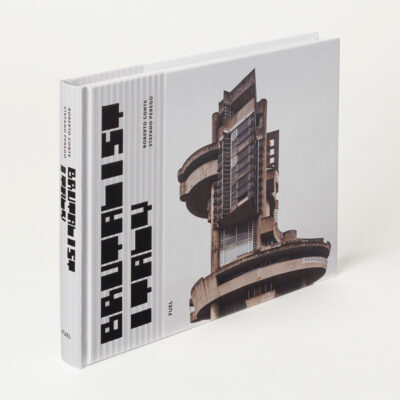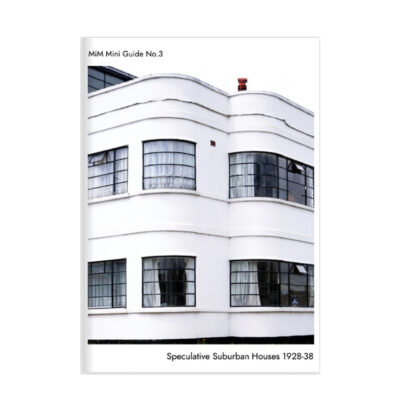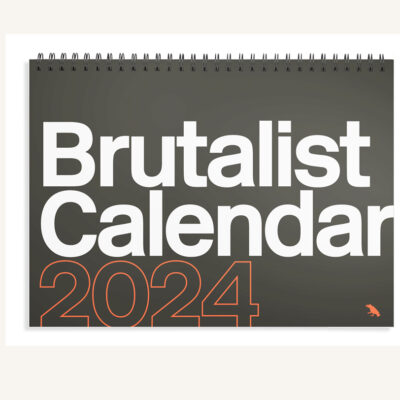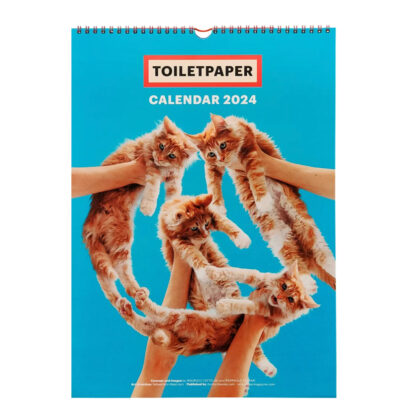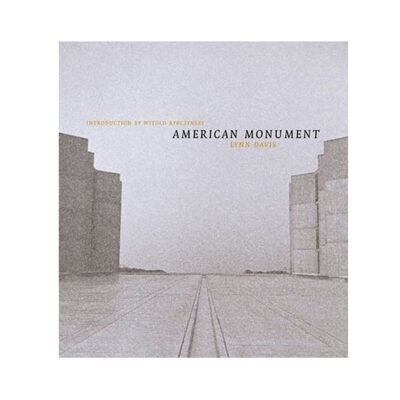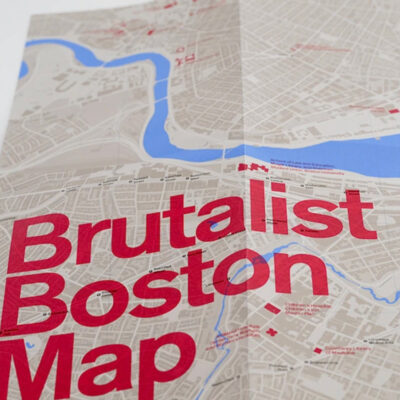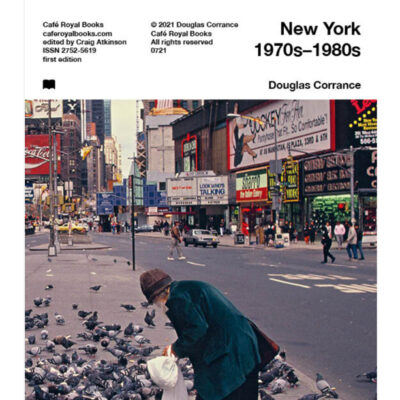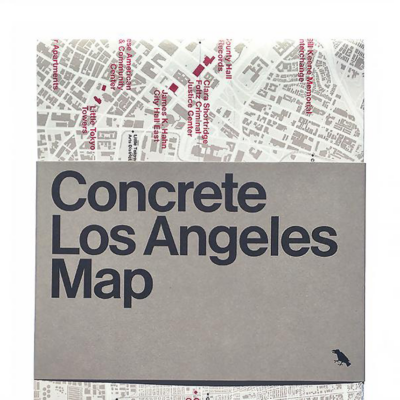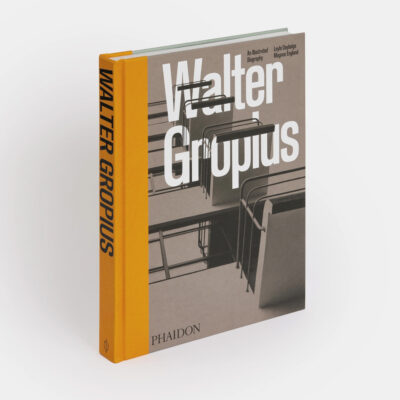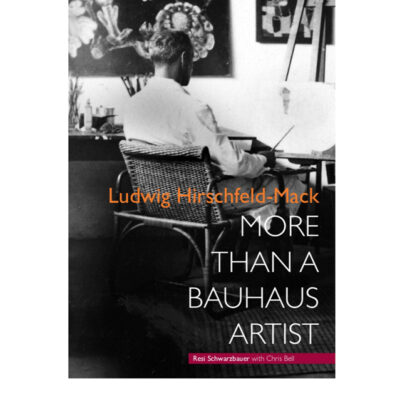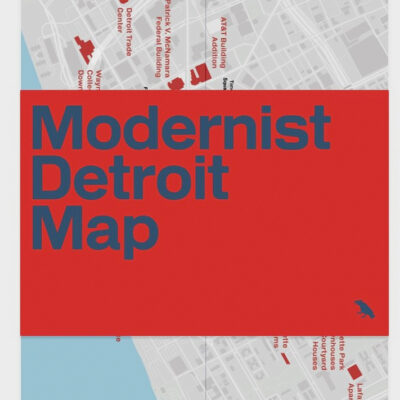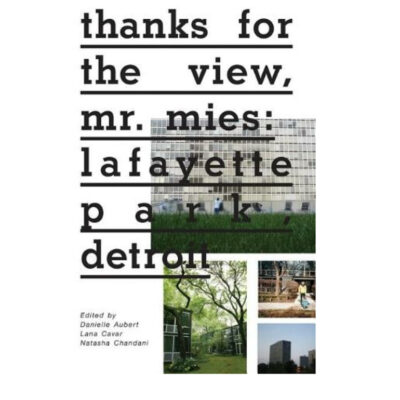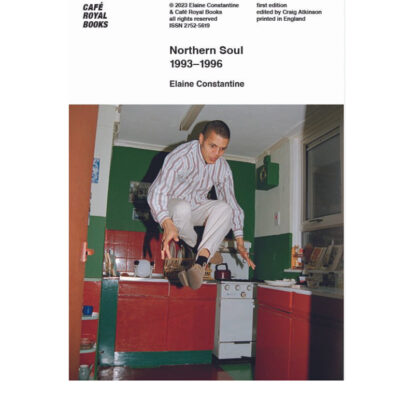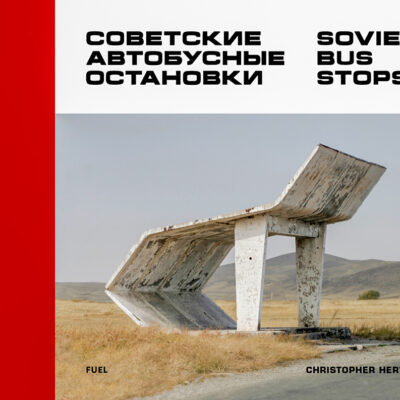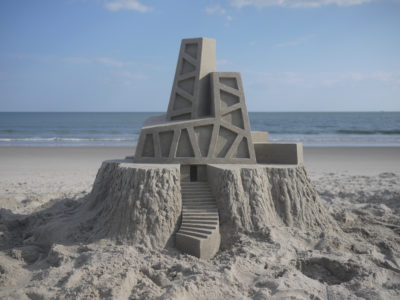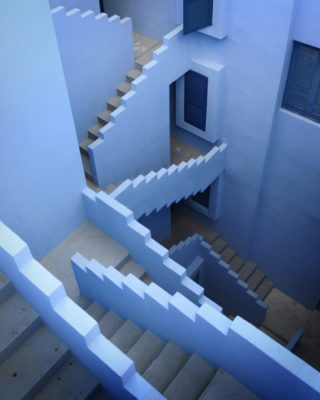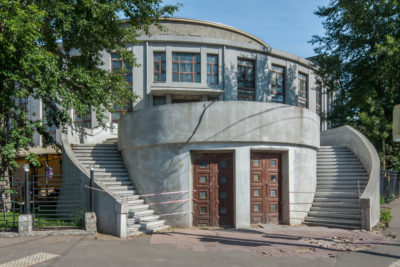A pitstop in Arcosanti, Arizona’s experimental proto society with Calvin Seibert
Hitching a ride with Calvin on Instagram is an off-road and more often off the track experience. The artist known for his fabulous brutalist sandcastles has been on a major road trip capturing Americana through his lens.
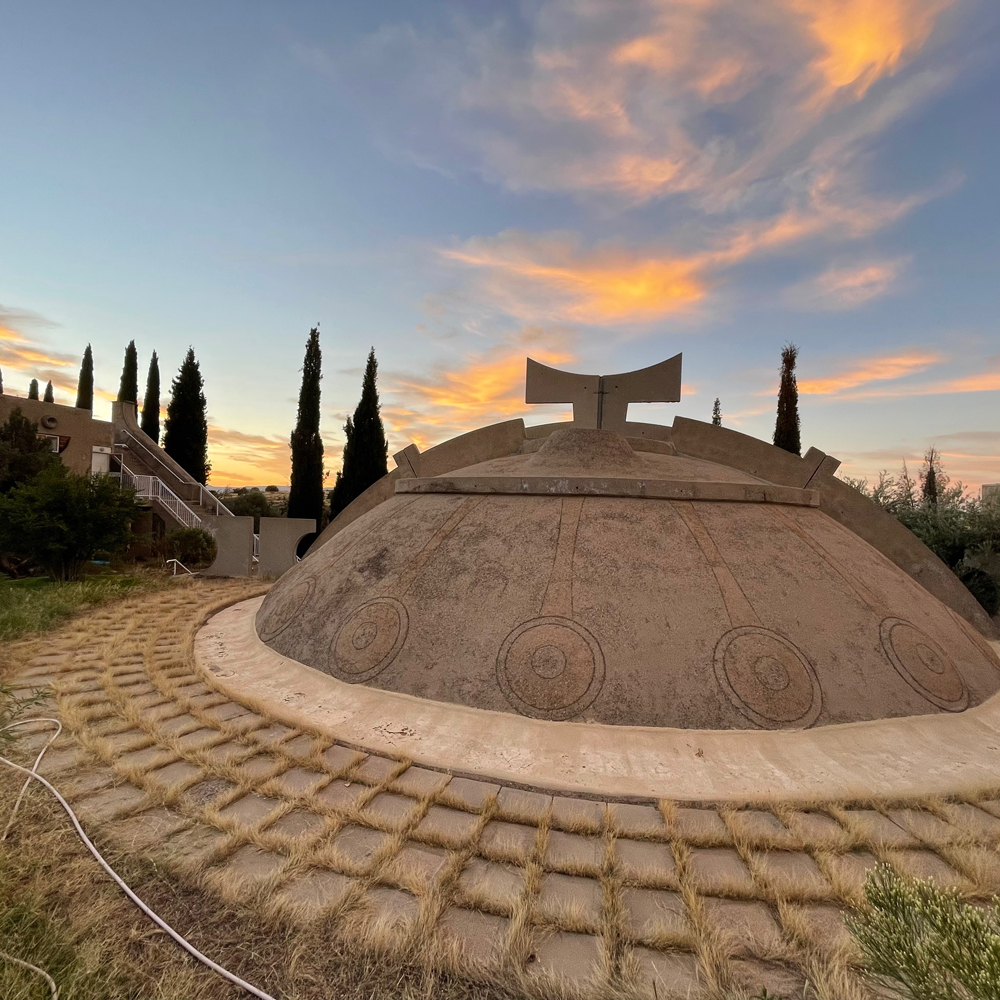
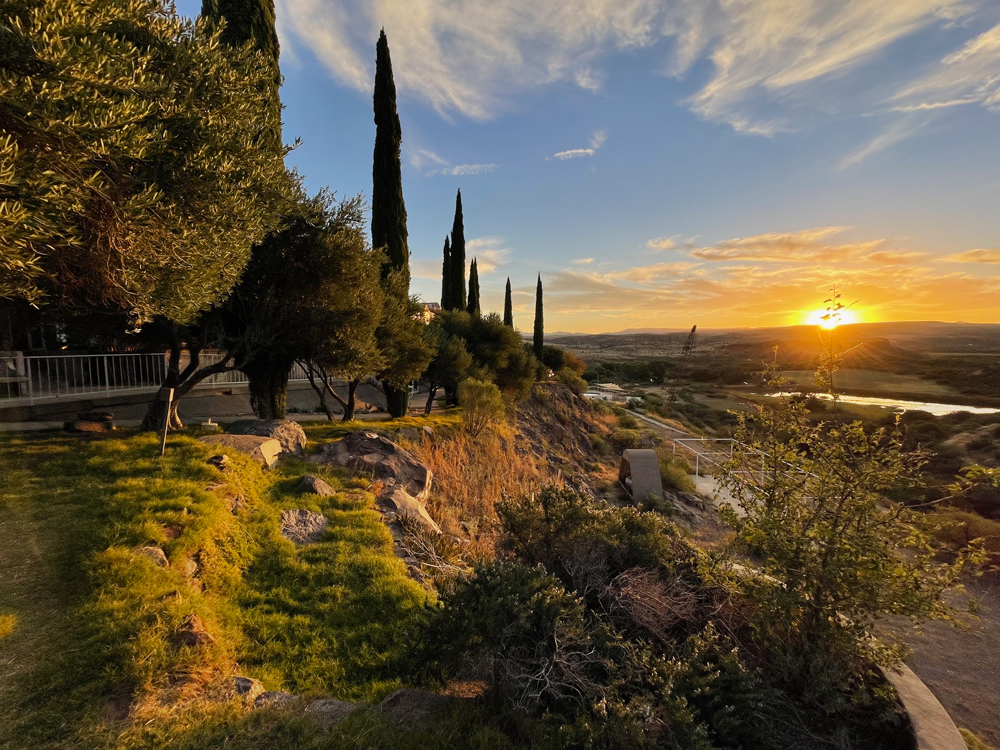
We caught up with him in Arcosanti, the experimental town in Phoenix Arizona conceived by Paolo Solari in the 1970s.
What drew you to visit Arcosanti?
I was about 14 when I first saw pictures of Arcosanti and back then the story of volunteers building such an amazing fantasy was quite alluring. Still, I wasn’t about to run away and join the circus just yet. Later when I had a drivers license and started roaming the west I might have visited but by then there had been a fire in 1978 that exploded a number of cars, an accident that felt like a kind of madness and of things out of control. In art school, I came to see Arcosanti as being more akin to the land art projects of Michael Heizer or Will Insley. All along it had a place in my imagination and eventually, it had to be visited.
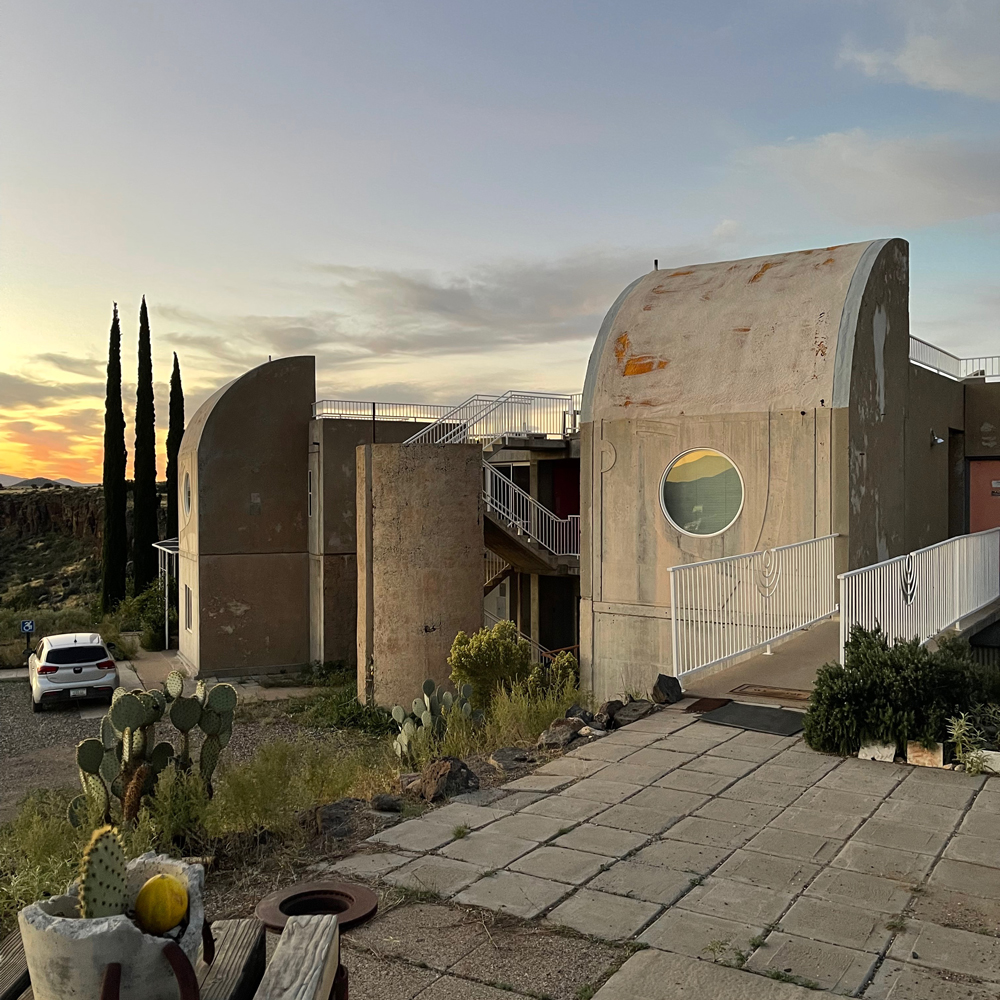
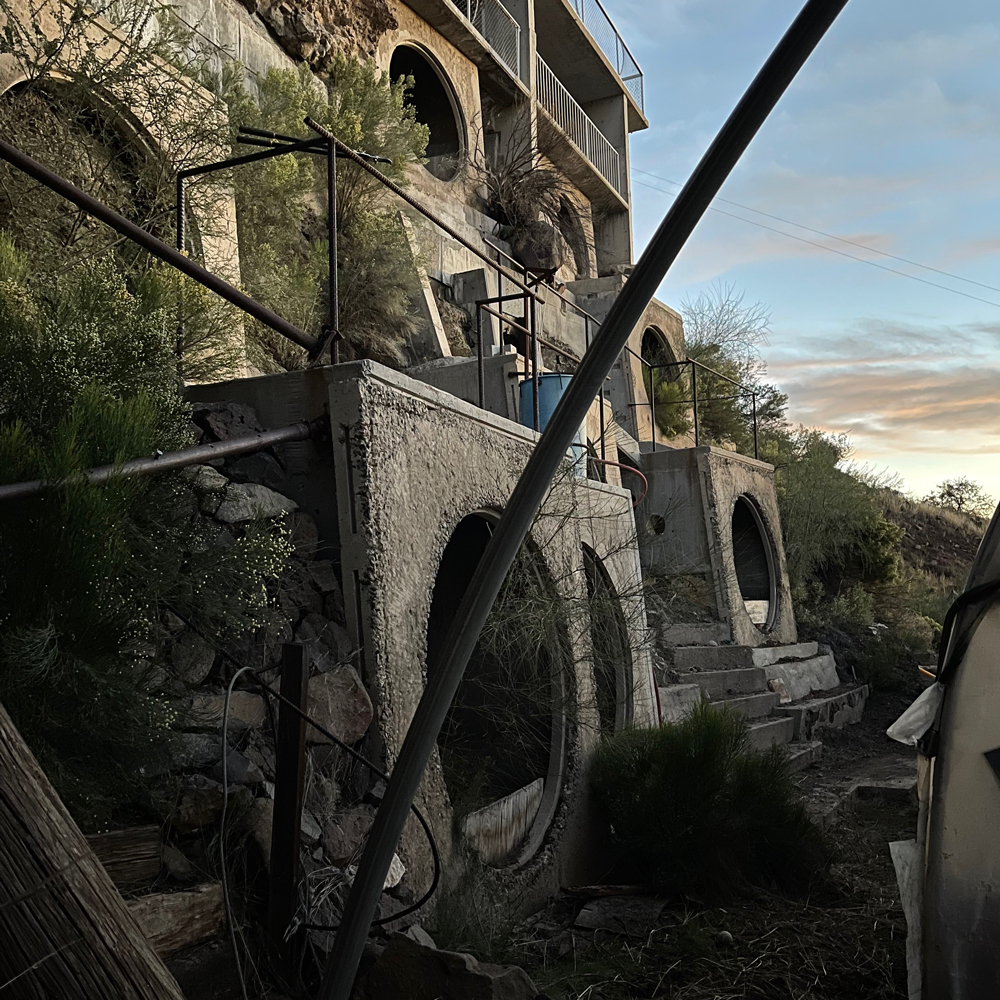
It’s described as a town – is that a good description? Is it a place people pass through or is there a sense of something settled and growing?
New construction doesn’t appear to have occurred in years which made me think of the stalled Crazy Horse Monument in South Dakota, now mostly a gift shop with an amazing view. I also thought of Le Corbusier’s Unite d’habitation in Marseille, while there are still people living there, it is also now part hotel, part bookshop, and part Airbnb. The commercial arcade at Unite d’Habitation is empty but for a single bakery. There were never enough residents to support a shoe repair business for example. In my mind, Arcosanti could only qualify as a town if it had a general store with a range of practical merchandise, otherwise, it is really just an apartment complex. Any mining town that eventually built an opera house started out with more practical needs. Arcosanti more or less went straight for the opera house, and so the whole place feels more like a Cinecitta set for Jesus Christ Superstar than a successful kibbutz.
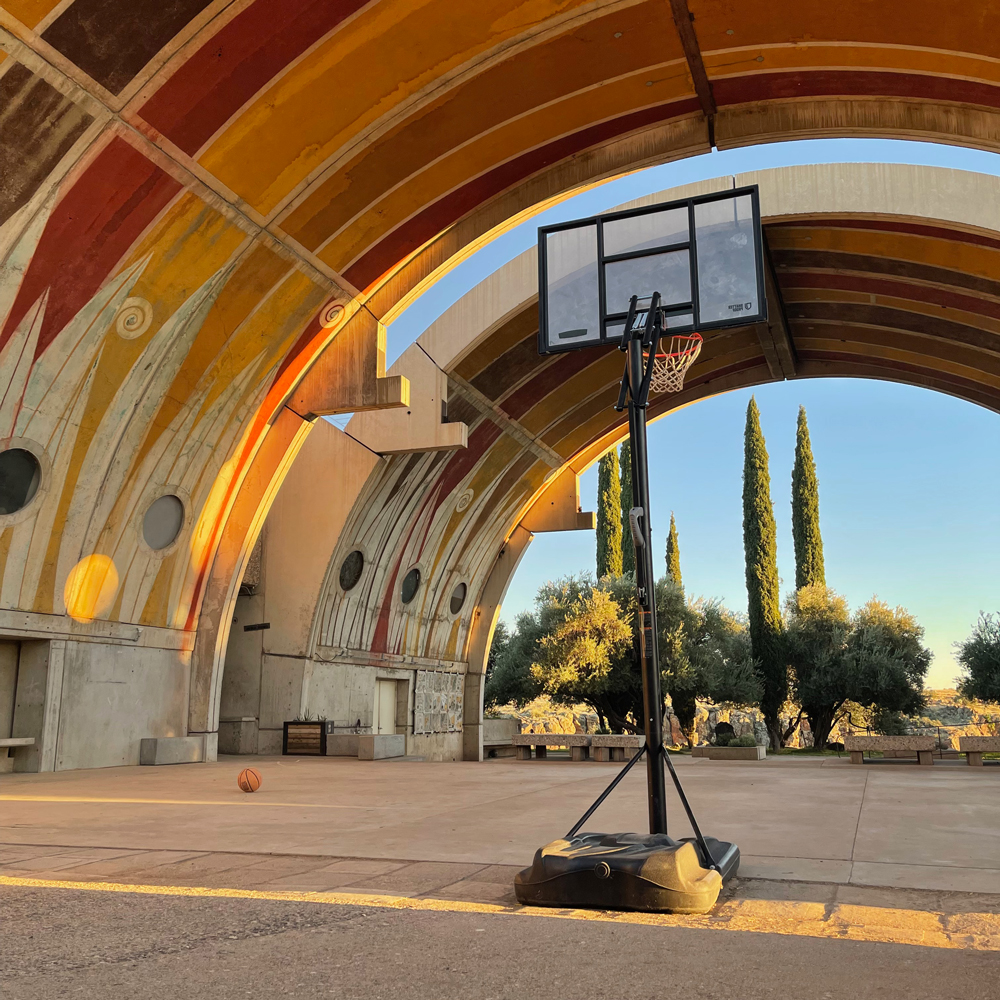
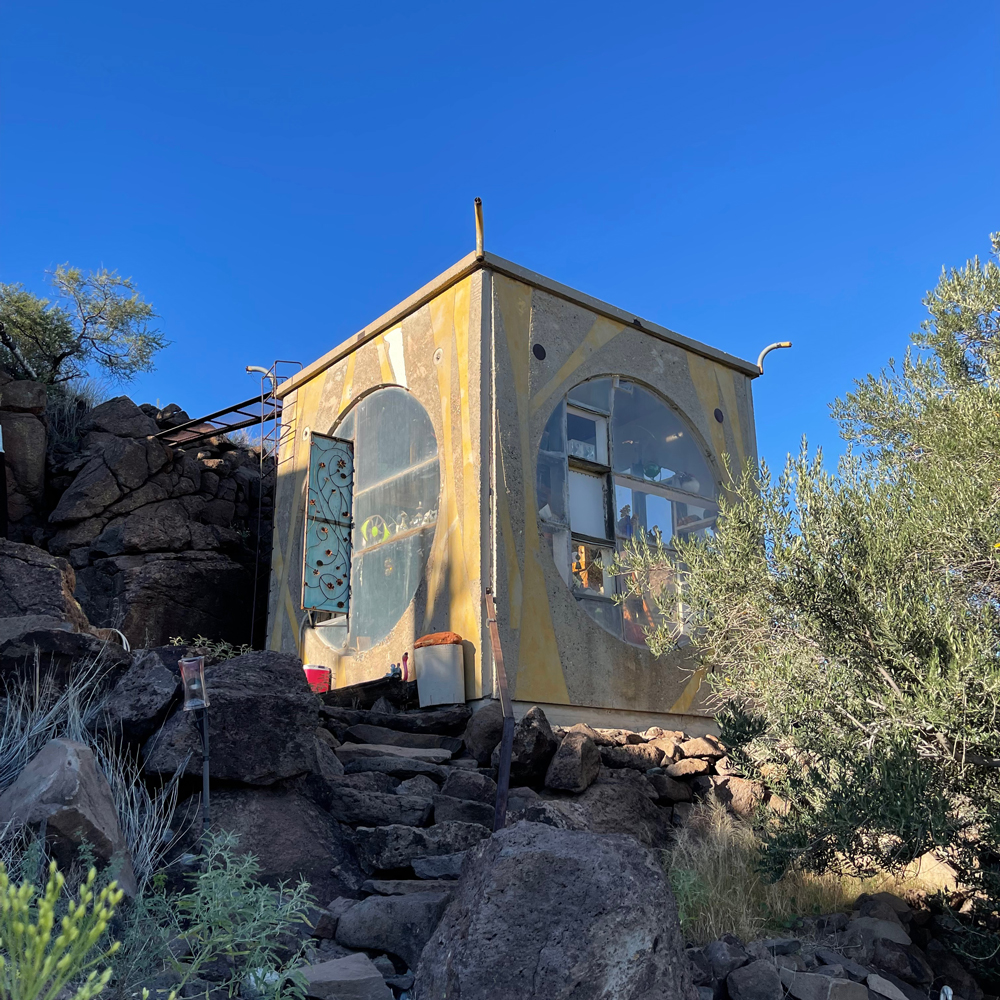
So often, we the viewer of photos of Arcosanti, do not get the sense of what it is like in terms of the larger landscape – can you describe what is around it and your immediate impressions as you arrived?
While not right off the Interstate highway like a well placed fast-food franchise, Arcosanti is still conveniently located just a mile away. Looking back from the parking lot one has a clear view of the Love’s Travel Shop, a giant truck stop with twice the footprint of Soleri’s project. It’s not a horrible thing given the distance, a space filled with high desert sage, but imagine if Soleri’s people had built and operated the truck stop themselves? Arcosanti would have derived income from the truck stop and more importantly had control over the light pollution and its presence on the land. Of course, such enterprise would have taken his vision somewhat astray. Arcosanti, I understand, owns enough of the surrounding land to be a decent buffer. Only a small part is actually built on.
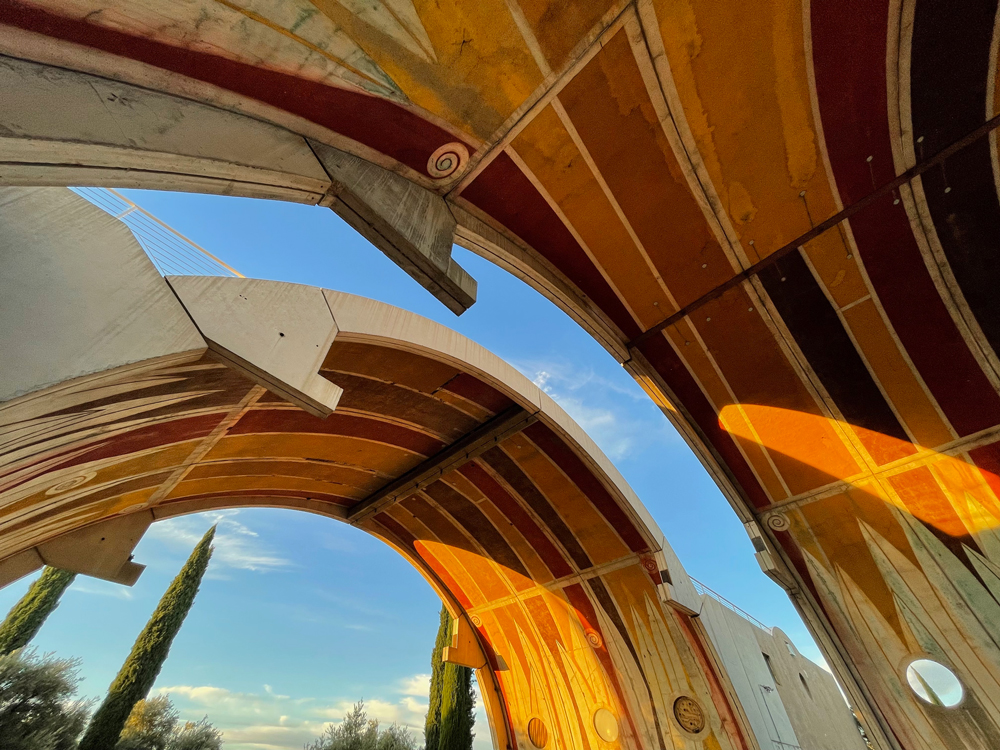
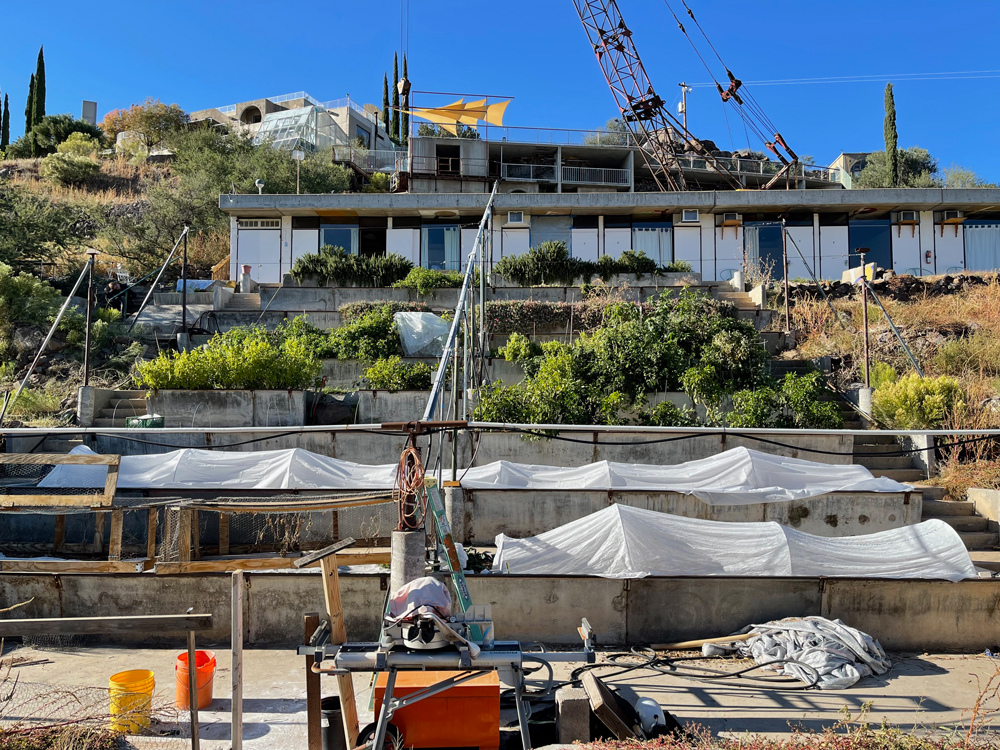
Can you describe the architecture? It struck me as a place designed to effect change to what degree do you think it achieved what it set out to do?
The public spaces utilize precast concrete parts with silhouettes reminiscent of medieval weaponry and the profiles of Viking ships. They establish the language for the greater unrealized project like the completed edge of a puzzle just started. The attached dwellings are a less exciting 70’s resort condo brutalism, concrete boxes with circular windows. The oddest thing though is that the solid symmetrical grand spaces are not connected by a street equal in design, but by narrow organic pathways established over time. In a way they are reminiscent of Paolo Soleri’s earlier constructions from the ’50s, work that is more handmade and rough-hewn, reflecting the personal toil involved in the making and I think more interesting. Perhaps all along Soleri knew in his heart of hearts that an Italian hill town was far more charming than the megastructure he set out to build.
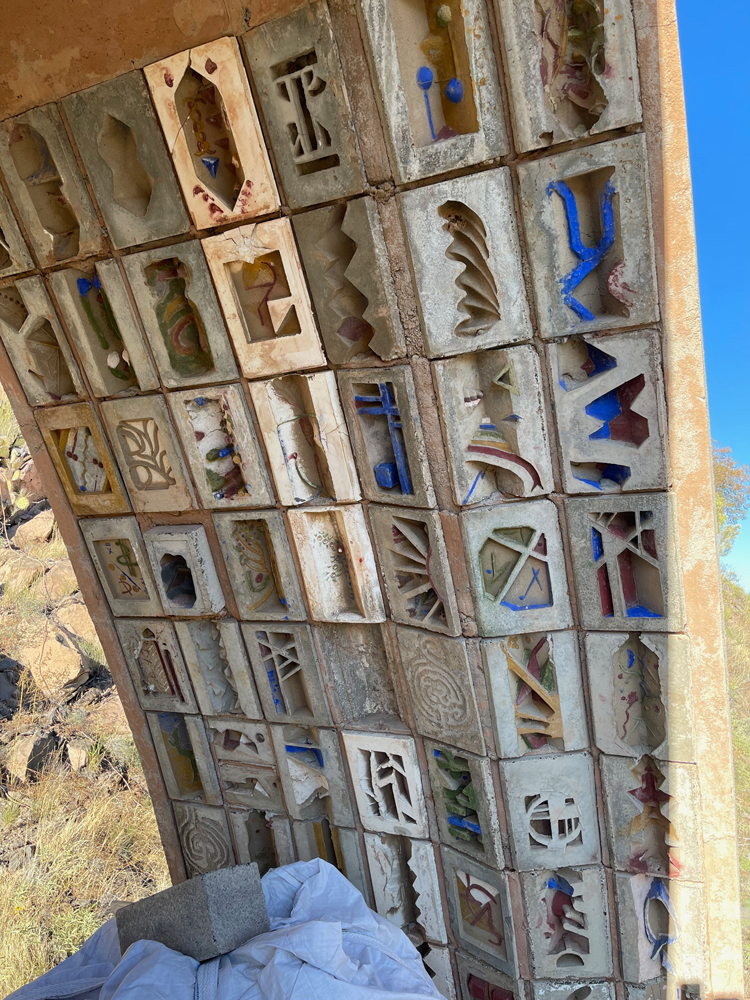
Was it built ahead of its time and if the project was created now what would be added that is missing?
That’s easy, money. Walmart billionaire, Marc Lore, has a futuristic city planned, possibly in Arizona, and he has enlisted the architect Bjarke Ingels and some visuals have been created which already feel dated for their cheerfulness. I imagine more security walls and gardens with sophisticated drip systems are going to be needed. At Arcosanti, I was surprised how few solar panels I saw and also the amount of green lawn and Italian Cypress trees up on the mesa where it is naturally dry. I think all along it has been more of a personal artistic endeavour couched in environmentalism, and not really a science-driven answer to the world’s problems.
Is the visitor experience positive? – how much of it do you have access to? Was it possible to join any of the classes?
I found my key in my room, along with a paper bracelet which identified me as a paying overnight guest and allowed me to go pretty much everywhere in the complex. I wandered around on my own and rarely saw anyone. A couple of open-air classroom spaces were roped off but completely visible. Only the private residences could not be visited but one got a sense of them through other indoor spaces like the communal kitchen that I had to myself, as well as my own room. Midweek in October was a perfect time to visit.
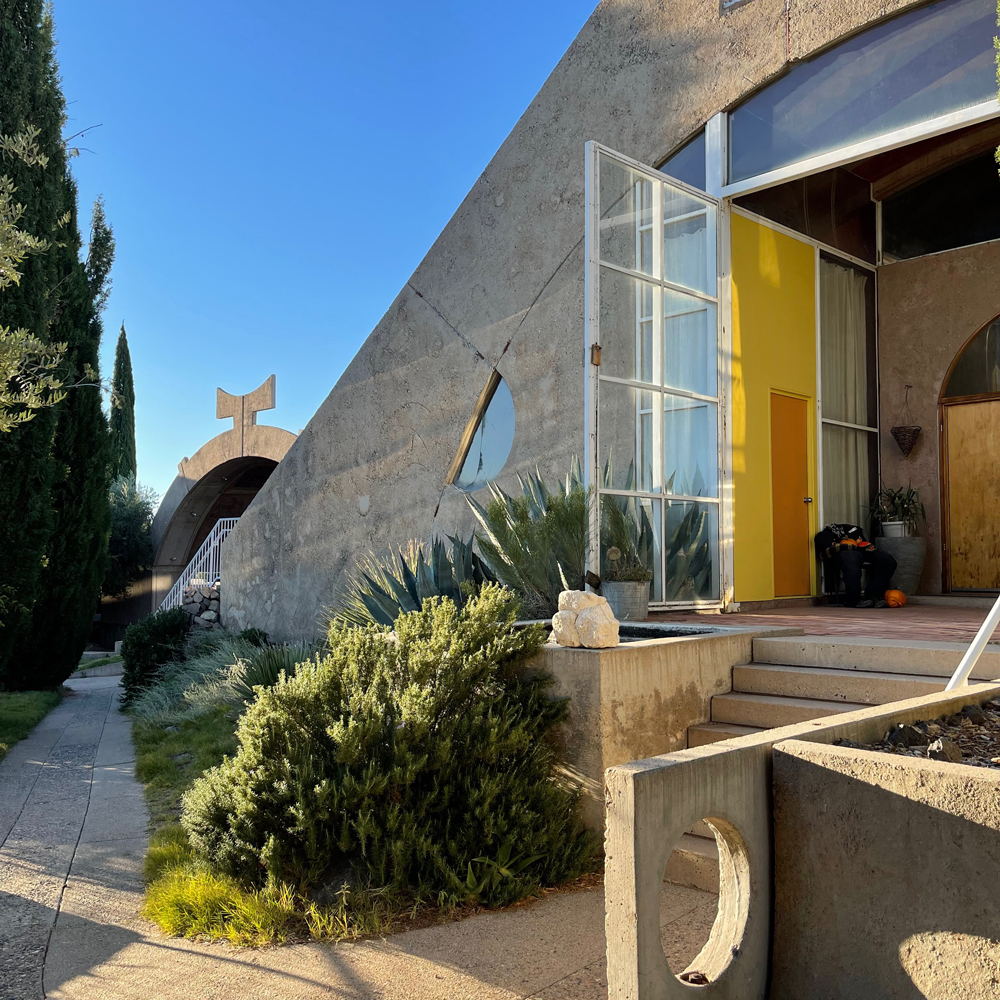
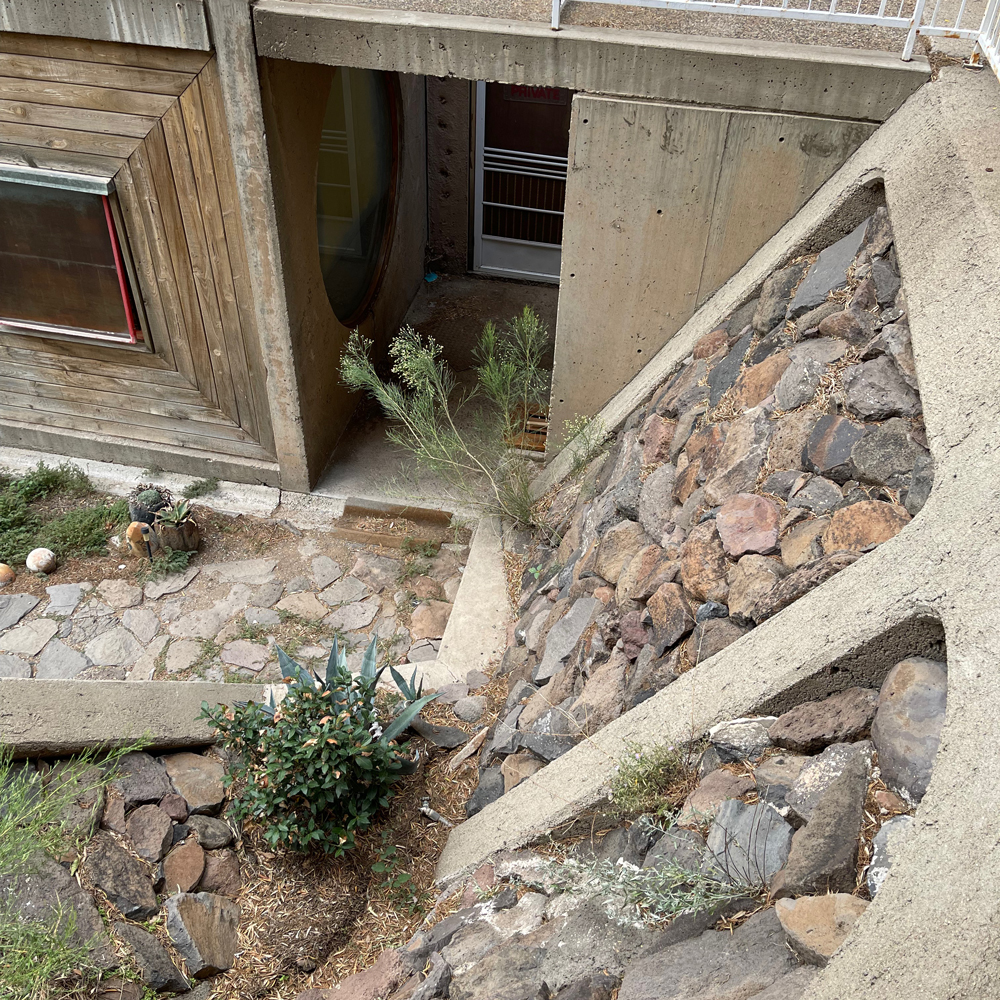
It’s been fascinating following your travels on Instagram, how much planning happens in advance?
While I typically have a destination in mind, I do try to dig up other things along the way or nearby that look interesting, so I definitely do research. I write down directions and create maps so that I can make the most of my time. If I drive into a town to see one house I don’t necessarily want to spend an hour looking for it when I still have 600 miles to go that day. That said I often learn of things I missed after the fact.
Did Covid change your plans?
I typically drive and camp and get takeout, so my routine hasn’t changed much.
What image makes it to ‘publicly viewed’ in your feed?
At this point, I mostly take pictures with Instagram in mind. While in the past I chose a single shot, I am now more often posting bundles of shots of the same subject. I want people to understand a place a bit more, to get a bigger picture. That said, a recent post of a library in Los Alamos, New Mexico did not include parts of the front side of the building as I found the signage and security conduits so horribly placed I couldn’t even take a photograph.
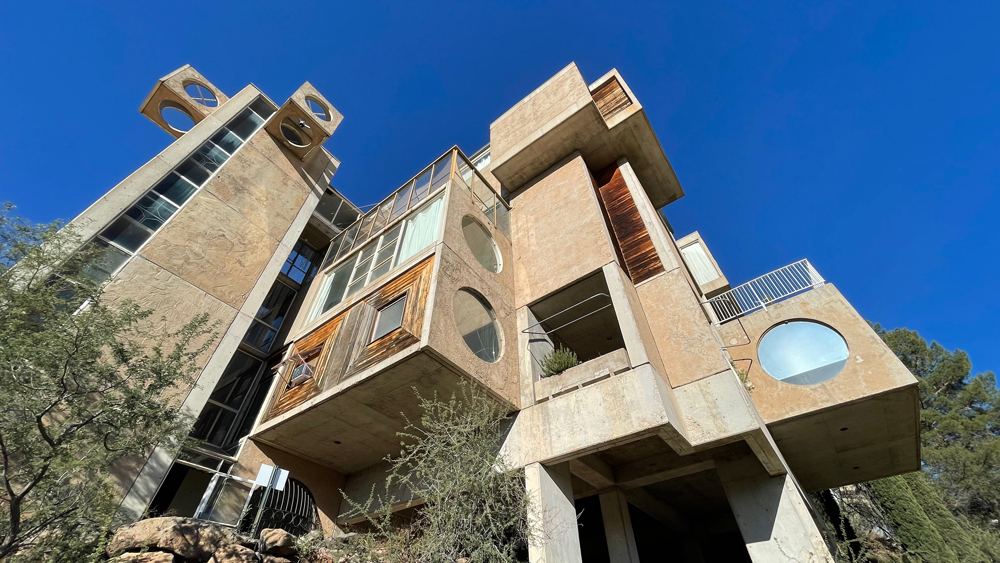
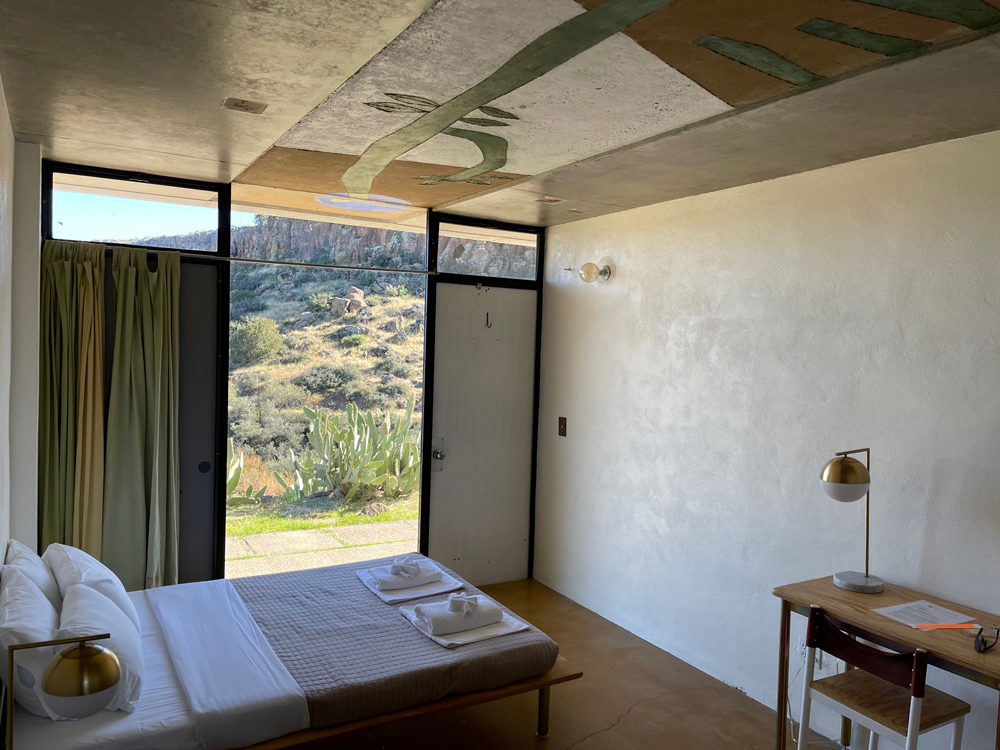
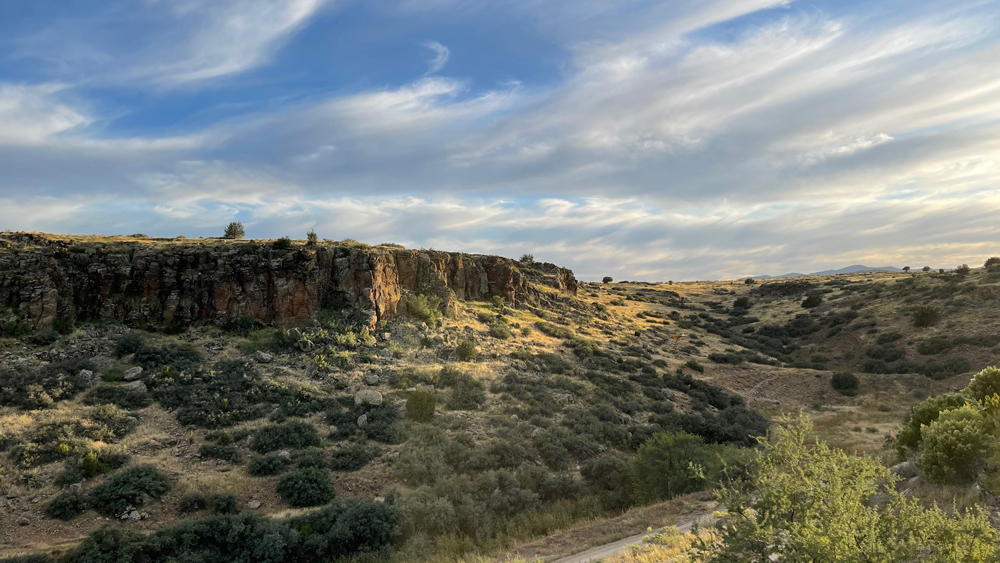
Where next?
I’m thinking of Des Moines, Iowa with stops in Lincoln, and Omaha, Nebraska.
And where’s home these days?
An early 50’s suburban ranch house in Denver, Colorado.
Best songs for a road trip?
Jim Croce’s, I Got A Name
Arcosanti: A town with a history
Ideas that today don’t seem entirely out of place, banishing cars from a town best experienced on foot, incentivising the community to work towards the greater good were all in the blueprint of Turin-born, Paolo Arcosanti’s dream community, which naturally took his name. The man who conceived the notion of arcology a fusion between architecture and ecology joined Frank Lloyd Wright’s practice in Arizona in 1946 before he went his own way to put his theory into practice – his vision Arcosanti 5000, an indicator of the size of the community he hoped to attract overtime, evolved as an idea for more than 20 years before he could afford to buy a plot of land outside Scottsdale Arizona in 1970. The name, a combination cosa and anti, meaning against things.
He was a hugely talented architect, sculptor and inspirational teacher to some and to others a difficult and challenging figure. The resident numbers didn’t get anywhere near the dream in his lifetime but that doesn’t mean the community wasn’t successful it was perhaps an indication that the original idea was overly ambitious. Could something so intertwined with the personality of its founder stand-alone beyond his lifetime. And then the wheels came off the bus four years after Paolo’s death in 2013 his daughter who grew up in the town accused her father of sexual abuse. It’s not unreasonable to say that it took time for the ramifications to sink in and be properly acknowledged.
Today the Cosanti Foundation has made Arcosanti a welcoming experimental learning environment ‘promoting the empowering impact of “learning by doing” ‘
Follow Calvin Seibert on Instagram @calvinseibert
Need to know before you go:
Book: Arcology: The city in the image of man by Paolo Soleri 1969
Cosanti Foundation website https://www.arcosanti.org/cosanti-foundation/
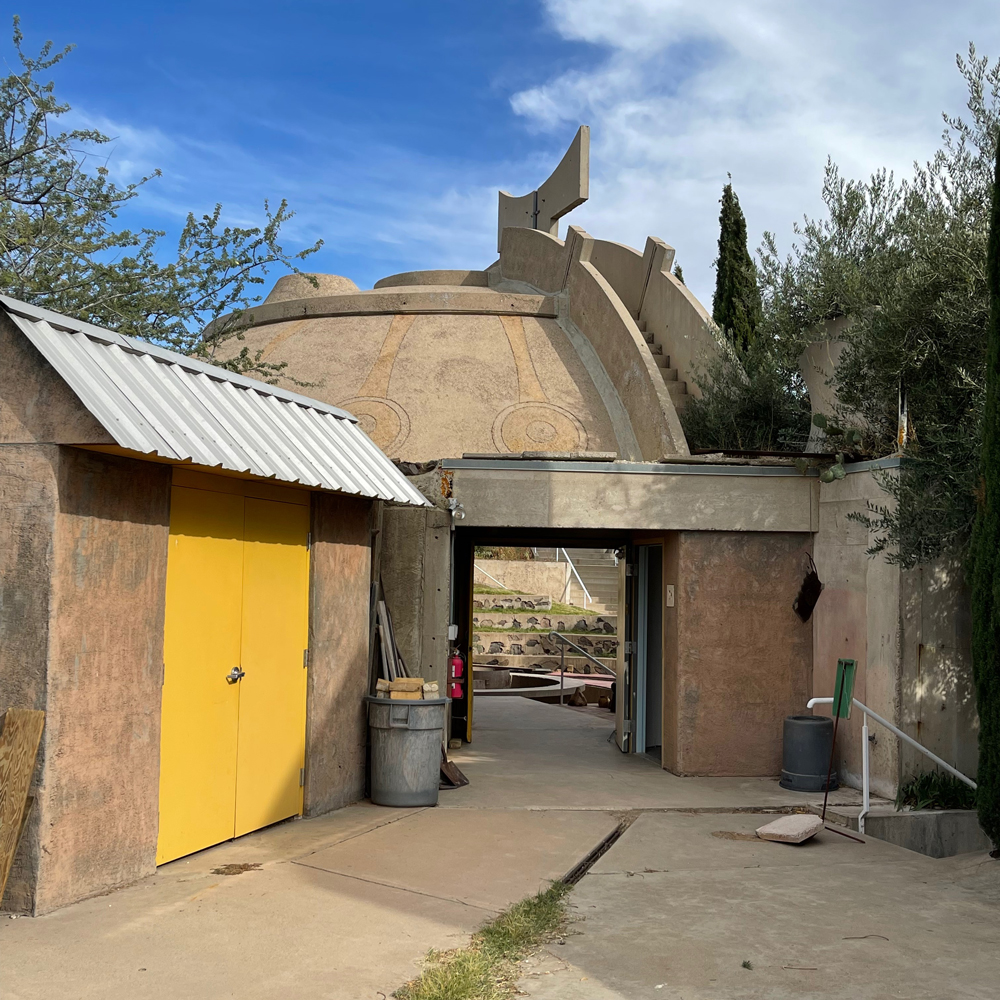
ALL IMAGES COPYRIGHT OF CALVIN SEIBERT ©





